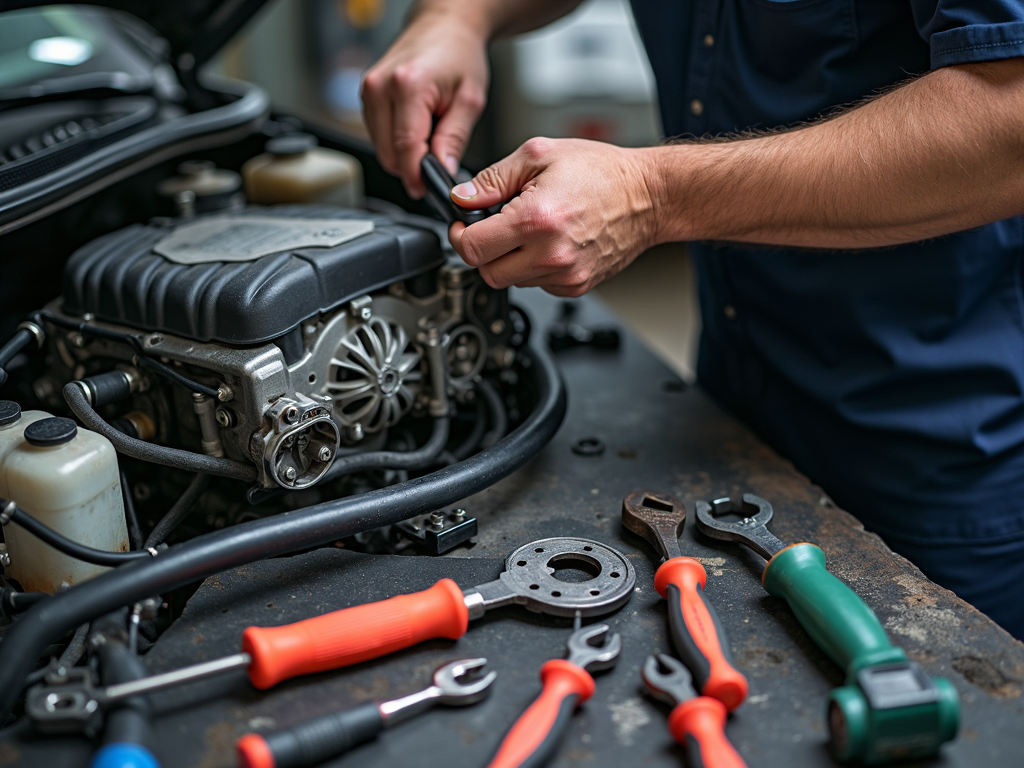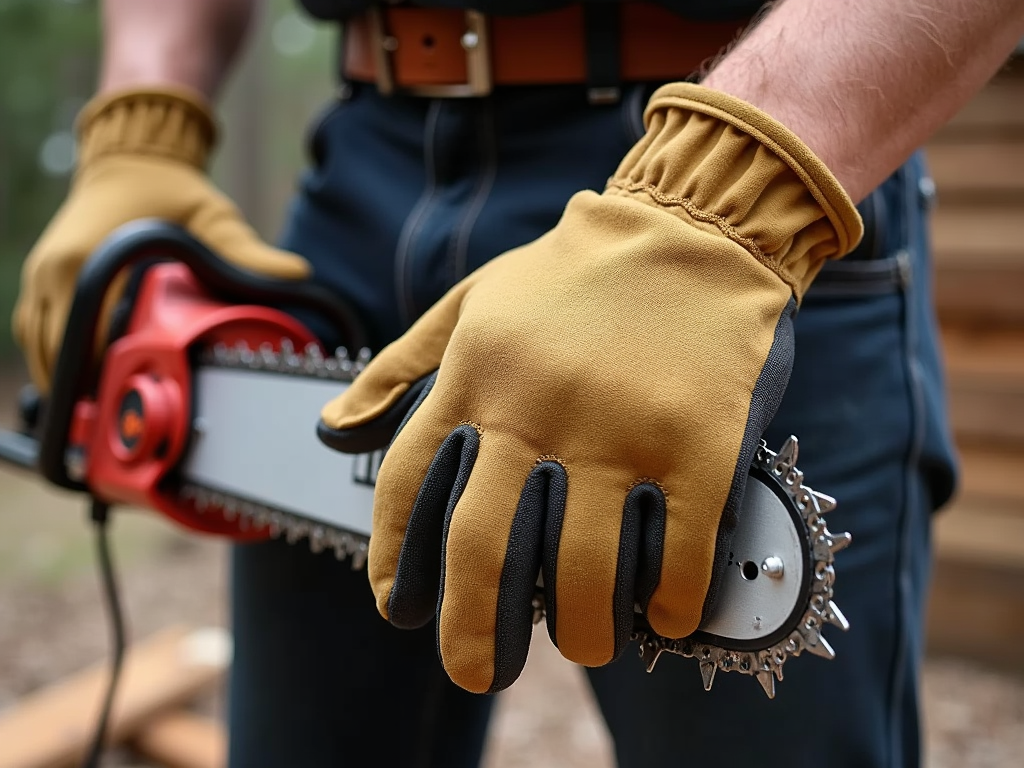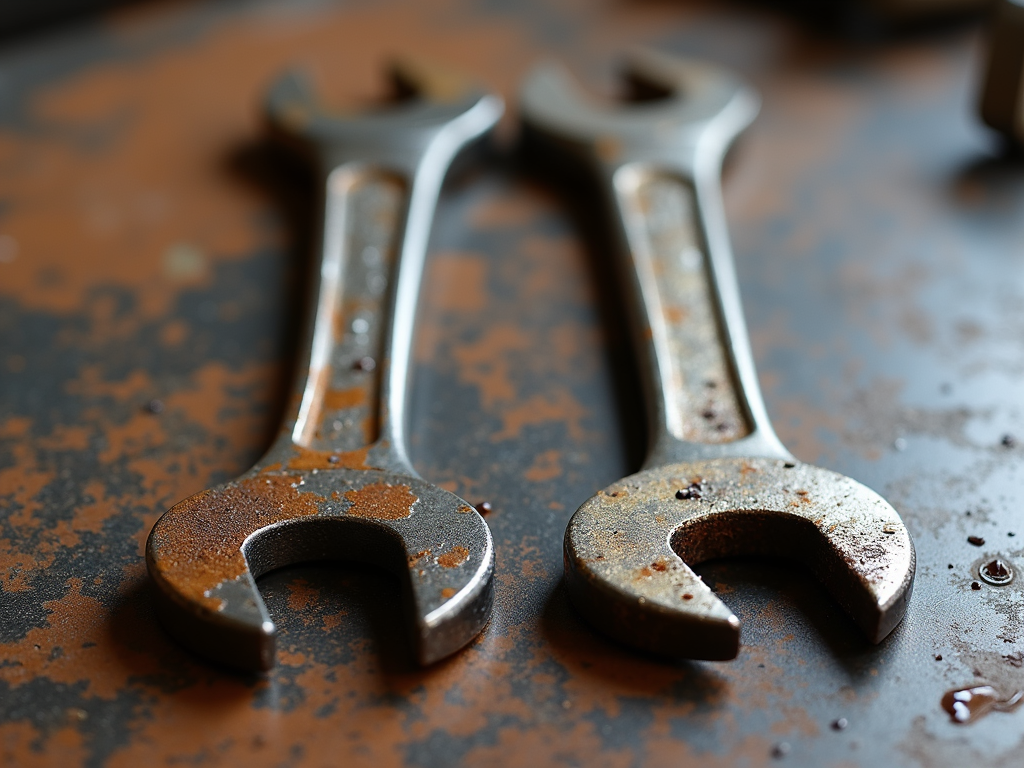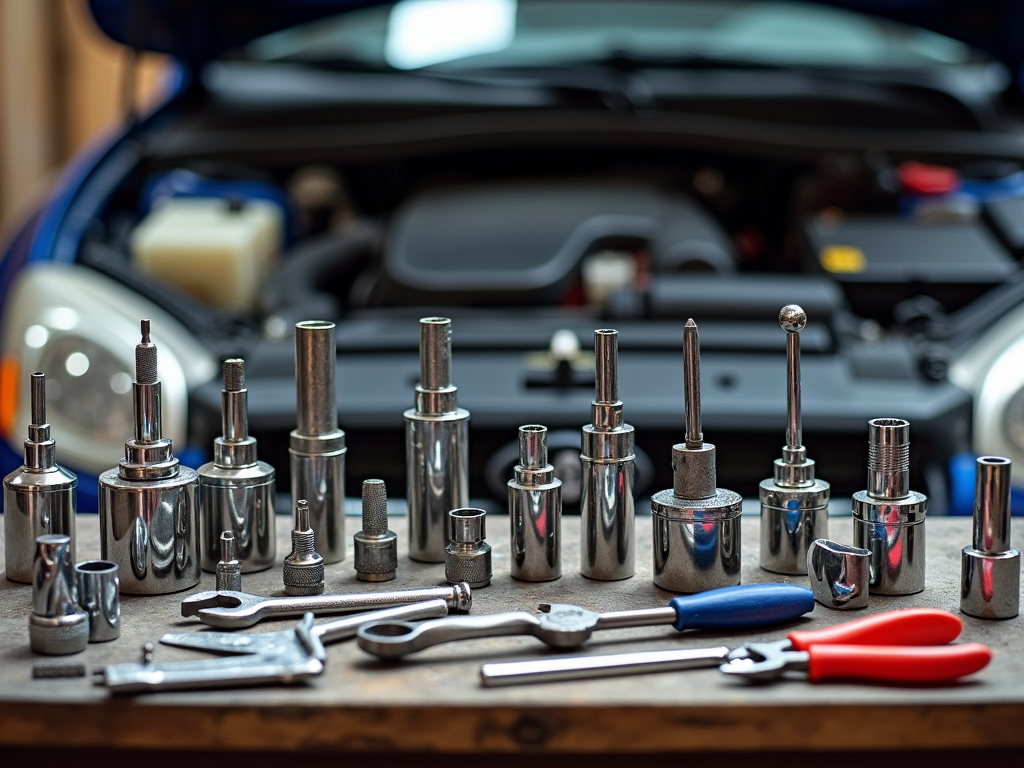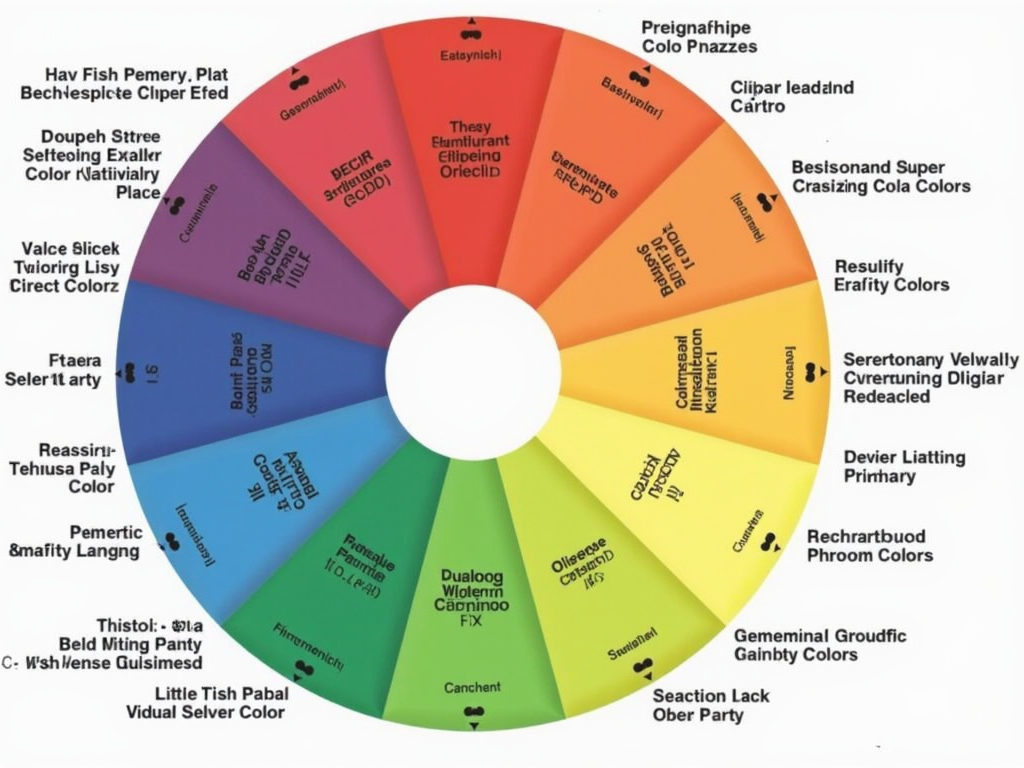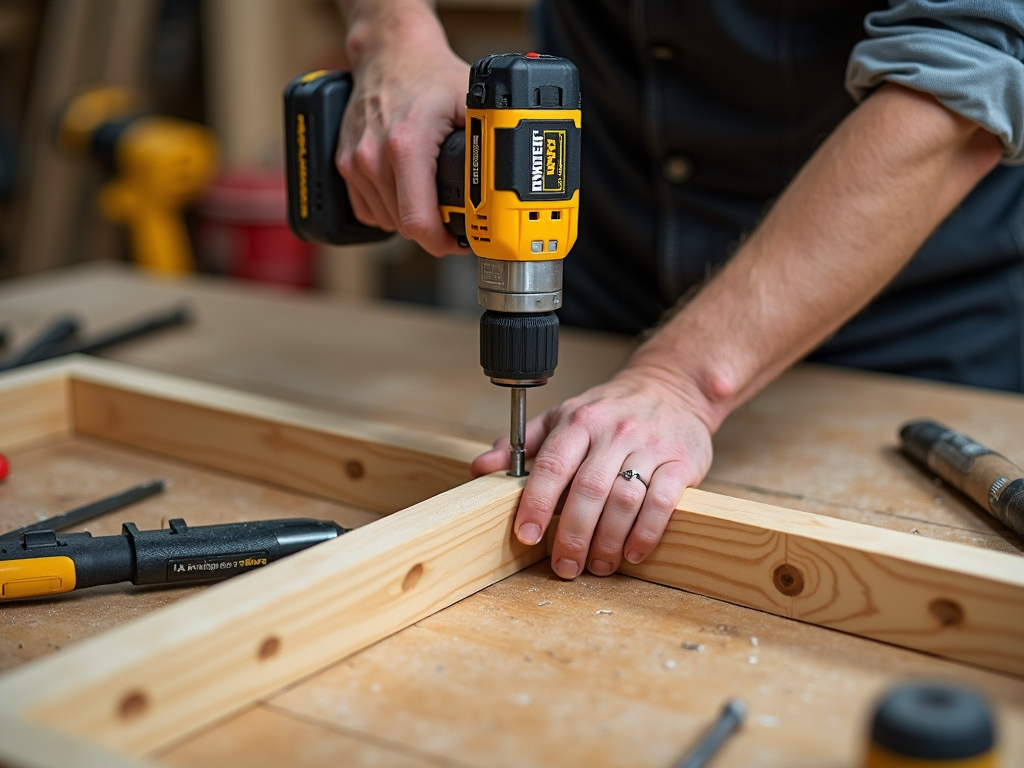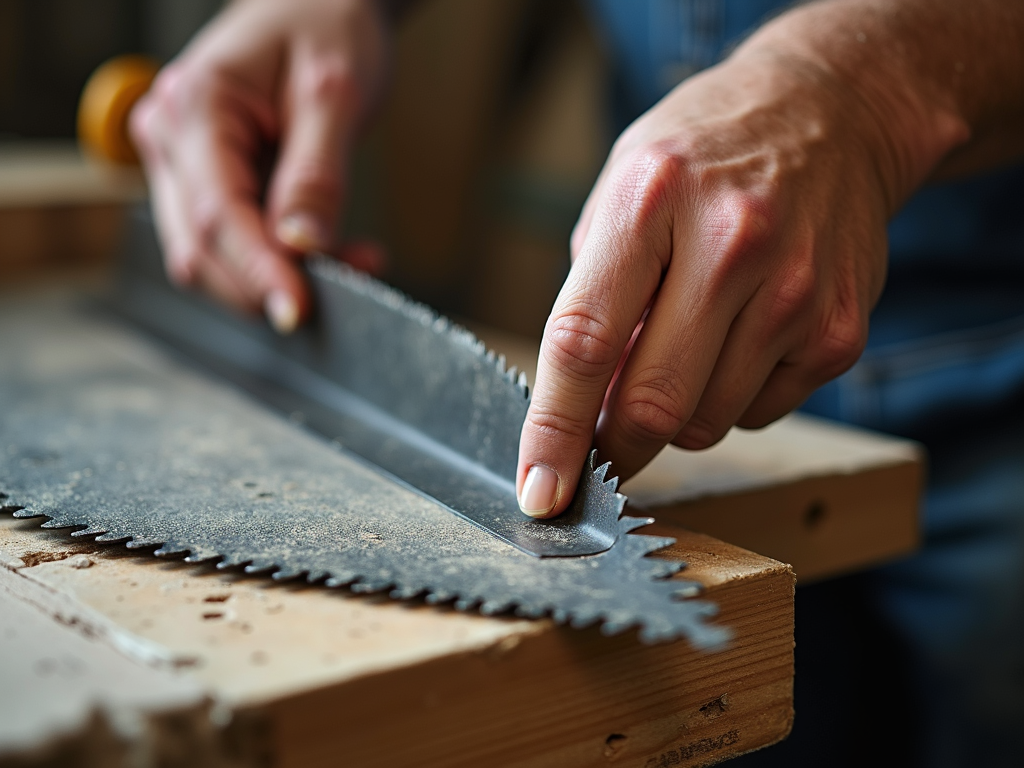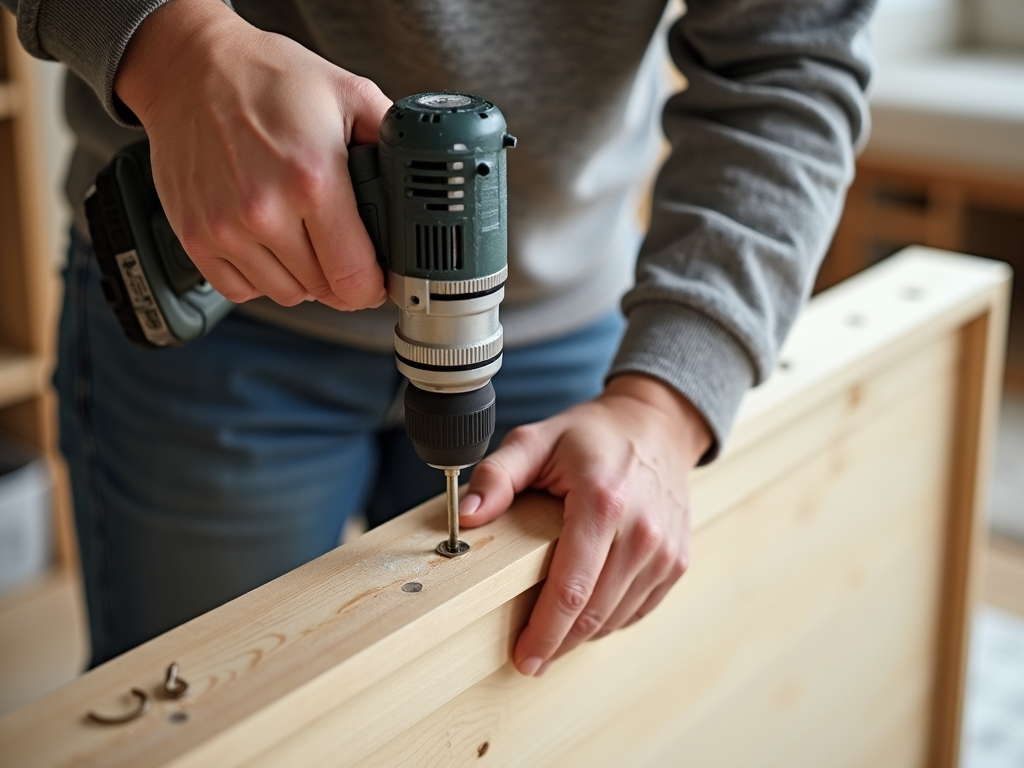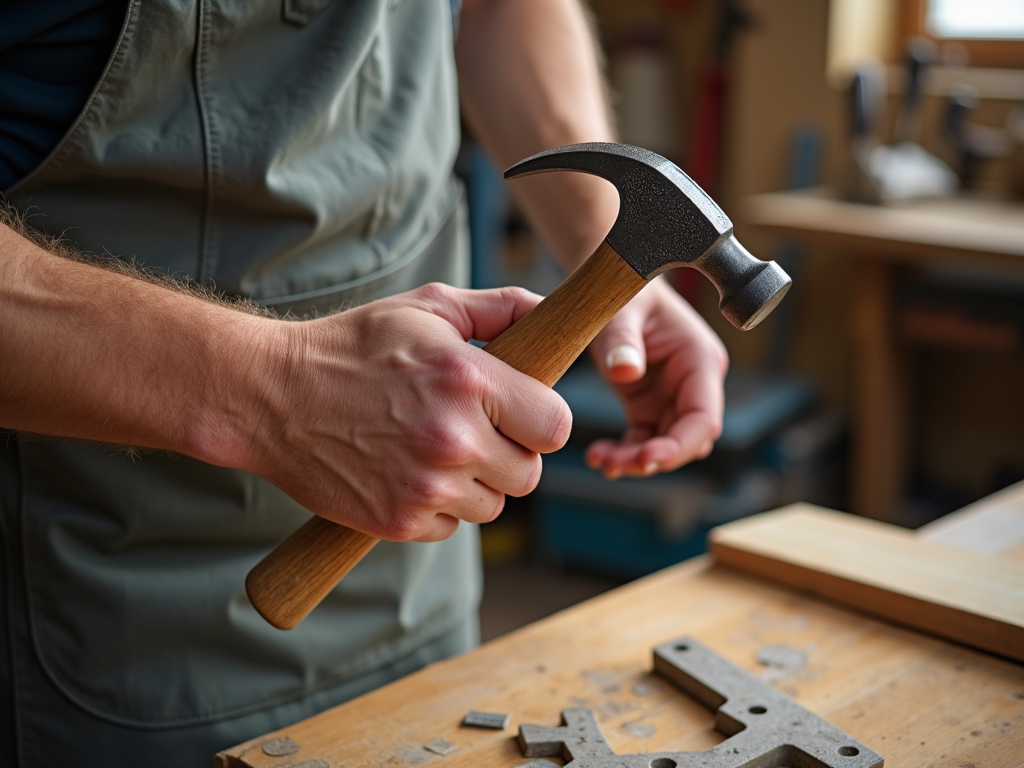Overview
Tools are a big part of any craftsman’s life, whether you’re fixing cars, building furniture, or tackling home projects. But let’s face it—tools aren’t cheap. That’s why knowing the Top Maintenance Tips for Extending Tool Lifespan matters. Good care keeps your tools working longer, saves you money, and ensures they’re ready when you need them. In this article, I’ll share practical tips based on my own experience to help you maintain your tools effectively.
Why Maintenance Matters
I’ve learned the hard way that neglecting tools can lead to rust, dull edges, or even broken handles. Once, I left a wrench in my damp garage overnight—by morning, it had a rust spot I had to scrub off. Maintenance isn’t just about keeping tools shiny; it’s about making them last. Whether you’re using workman tools for automotive repair or woodworking tools, these tips apply across the board.
Clean Your Tools After Every Use
Cleaning is the first step to a long tool life. After using a socket wrench on a greasy car part, I wipe it down with a rag. For woodworking tools like chisels, I brush off sawdust and resin. According to the University of California, regular cleaning prevents buildup that can harm tools over time. A quick wipe keeps rust away and maintains performance.
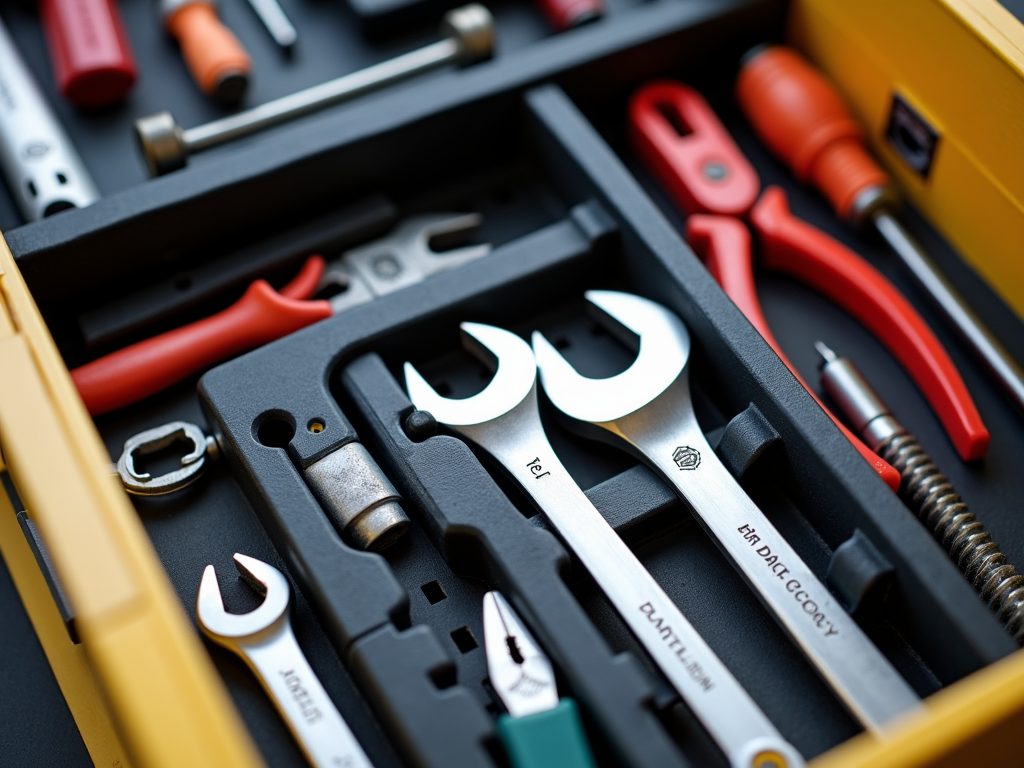
Store Tools Properly
Where you keep your tools is just as important as cleaning them. I used to leave mine in an outdoor shed, but moisture ruined a few good ones. Now, I store them in a dry toolbox inside my workshop. Extreme heat or cold can also weaken metal or crack wooden handles. A dry, cool spot is your best bet for workman tools of any kind.
Lubricate Moving Parts
Tools with moving parts—like pliers or ratchets—need a little oil now and then. I use a light machine oil, applying just a drop to the joints. Too much oil can attract dirt, so go easy. The OSHA Guidelines stress keeping tools in good condition, and lubrication is a big part of that. It keeps everything running smoothly.
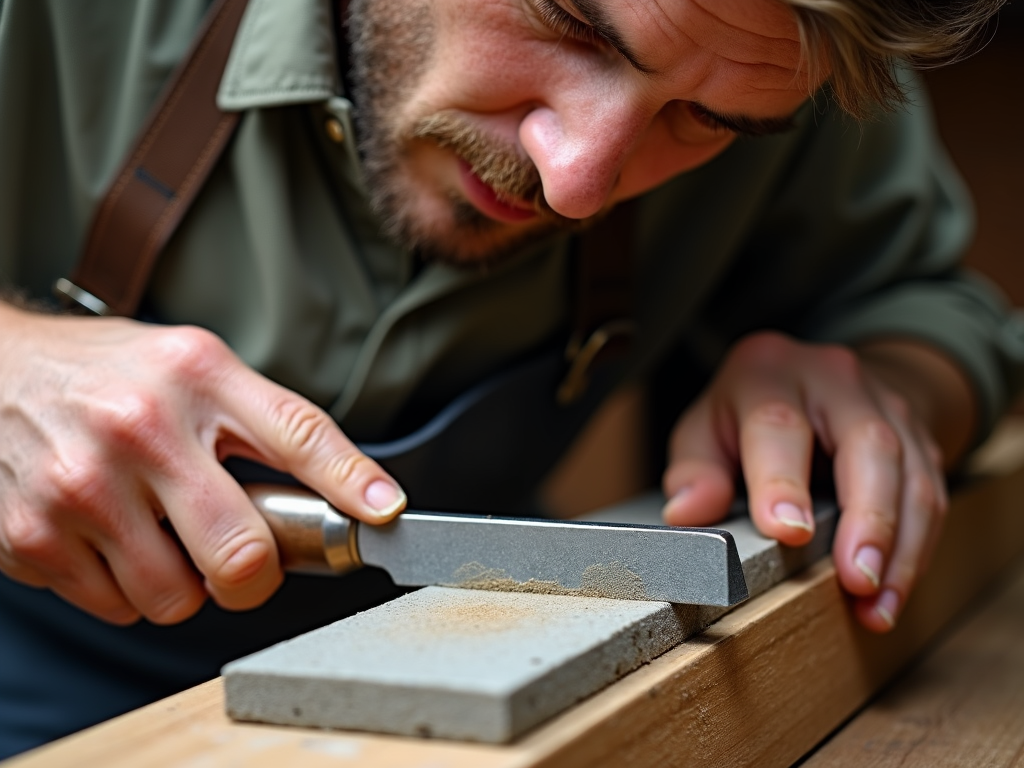
Keep Cutting Tools Sharp
Dull tools are a headache—and they’re dangerous. I sharpen my chisels with a stone after every big woodworking project. For automotive drill bits, I use a sharpener. Popular Mechanics says sharpening can double a tool’s life. Sharp tools cut cleaner and take less effort, which means less wear.
Inspect Regularly
I make it a habit to check my tools for damage. A cracked hammer handle or a bent screwdriver tip can ruin your day—or your project. Once, I caught a loose bolt on my drill before it fell apart mid-use. Fix small problems early, and you’ll avoid bigger ones later. It’s a simple step that pays off.
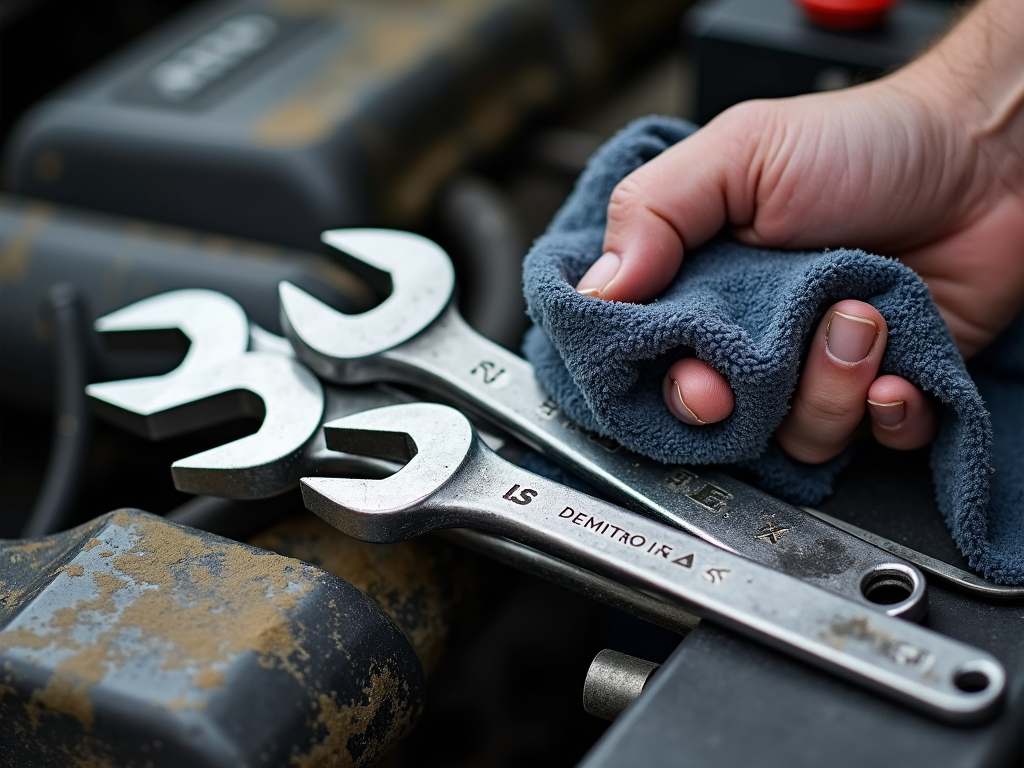
Use Tools the Right Way
This might sound obvious, but using tools correctly matters. I’ve seen people use screwdrivers as pry bars—guess what? The tip snaps. For workman tools for automotive repair, like wrenches, stick to their purpose. Same goes for woodworking tools—don’t force a saw through knots it’s not meant to handle. Proper use prevents damage.
Protect Against Rust
Rust is a tool’s worst enemy. I apply a thin layer of oil to my metal tools after cleaning. If they get wet, I dry them right away. The University of California guide I mentioned earlier backs this up—moisture control is key. For wooden handles on hammers or axes, I rub in linseed oil to stop cracking.
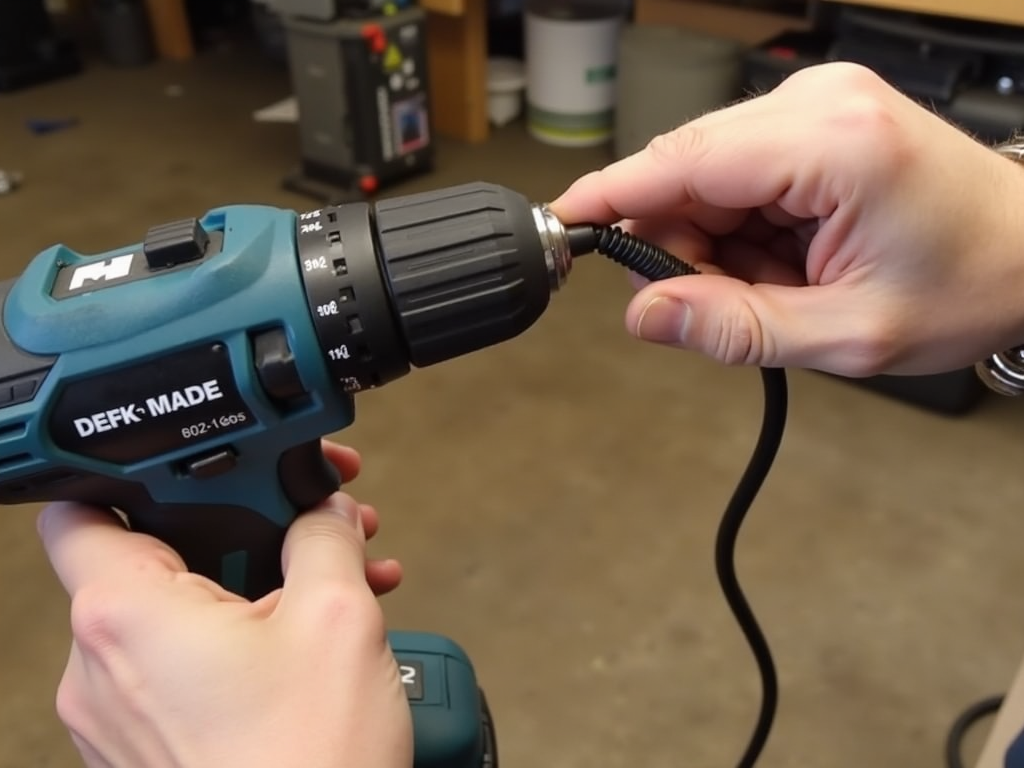
Special Care for Power Tools
Power tools need extra attention. I always unplug my drill before cleaning it, then check the cord for frays. Dust in the vents can overheat the motor, so I blow it out with compressed air. Replace worn parts like brushes when needed. OSHA’s guidelines highlight regular checks to keep power tools safe and functional.
Organize Your Tools
A messy toolbox makes maintenance harder. I use a pegboard to hang my workman tools—it’s easy to spot if something’s missing or dirty. Drawers or cases work too. Organization isn’t just tidy; it helps you keep track of your tools’ condition.
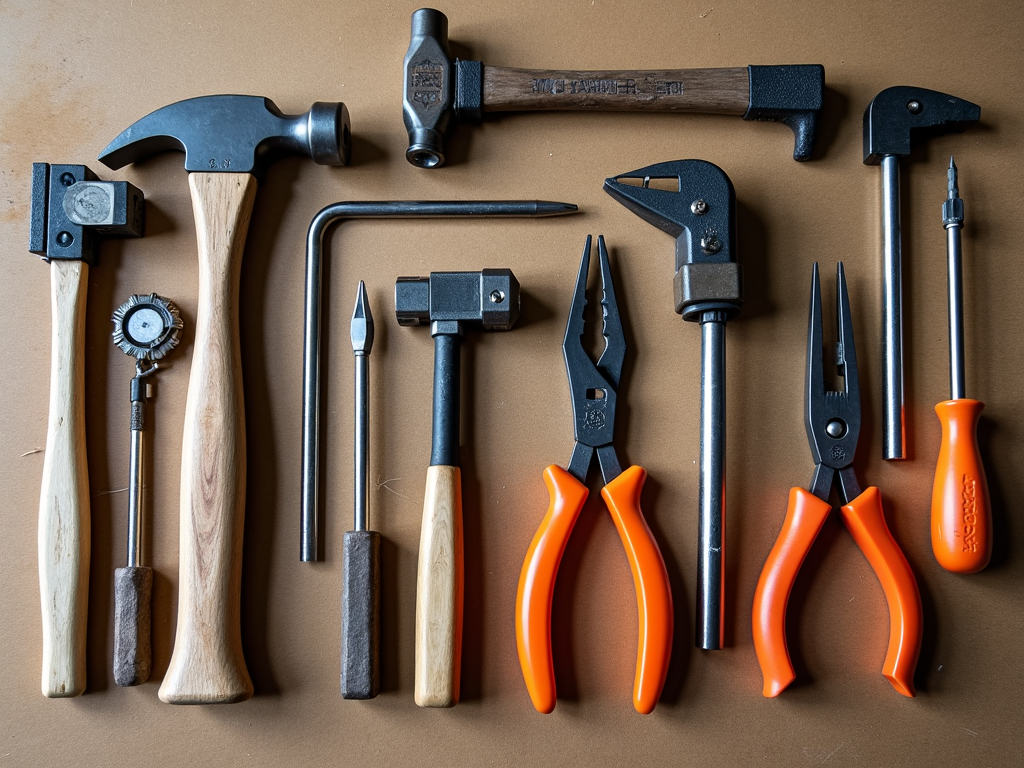
Repair, Don’t Replace
When a tool breaks, don’t toss it. I’ve replaced a hammer handle with a new one from the hardware store—it took 10 minutes and saved me $20. Pliers with worn grips? Add new ones. Small fixes can give your tools a second life.
Set a Maintenance Schedule
How often you use your tools decides how often you maintain them. I clean and check mine after every project. If you’re a weekend DIYer, once a month works. A schedule keeps you consistent and catches issues early.
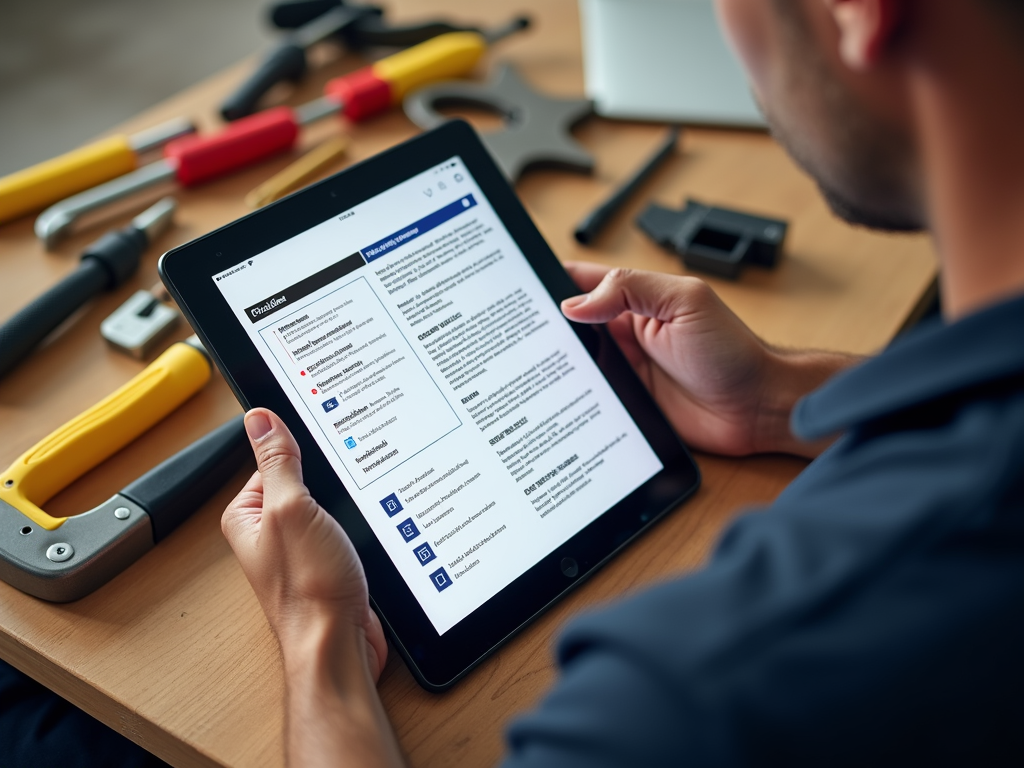
Extra Tips for Specific Tools
- Hand Tools: For hammers, ensure the head’s tight. For screwdrivers, check the tips.
- Cutting Tools: Sharpen knives or shears regularly—don’t cut what’s too tough.
- Measuring Tools: Keep tapes and calipers clean for accuracy.
- Power Tools: Align saw blades and tighten drill chucks.
These little checks make a big difference.
Know When to Let Go
Sometimes, maintenance isn’t enough. If a tool’s too worn—like a drill that sparks no matter what—I replace it. But most of the time, good care keeps that day far off. Weigh the cost of fixing versus buying new, and decide what’s smart.
Summary
Taking care of your tools isn’t hard—it’s just a few habits that add up. Clean them, store them right, lubricate, sharpen, and inspect often. Use them as intended, fight rust, and organize everything. These Top Maintenance Tips for Extending Tool Lifespan work for workman tools for automotive repair, woodworking tools, and more. You’ll save cash and keep your tools ready for action.
Related Top Maintenance Tips for Extending Tool Lifespan:
- Essential Guide to Automotive Tool Care: Tips for Extending Tool Lifespan
- Best Safety Gear for Power Tool Users: A Comprehensive Guide
- How to Maintain Your Tools for Longevity
- The Ultimate Guide to Tool Sets for Automotive Repairs
- Safety Gear Essentials for Every Workman
- How to Choose the Best Paint Color for Your Room
- Workshop Organization Made Simple
- The Ultimate Guide to Advanced Workman Tools for Professionals
- Construction Safety Basics: Essential Tips for Workers
- Mastering Advanced Brush Techniques: A Guide for Artists
- Choosing the Right Power Tools for Your Projects
- Understanding Hammer Dynamics and Ergonomics: A Comprehensive Guide
